机电设备数字化工厂排产
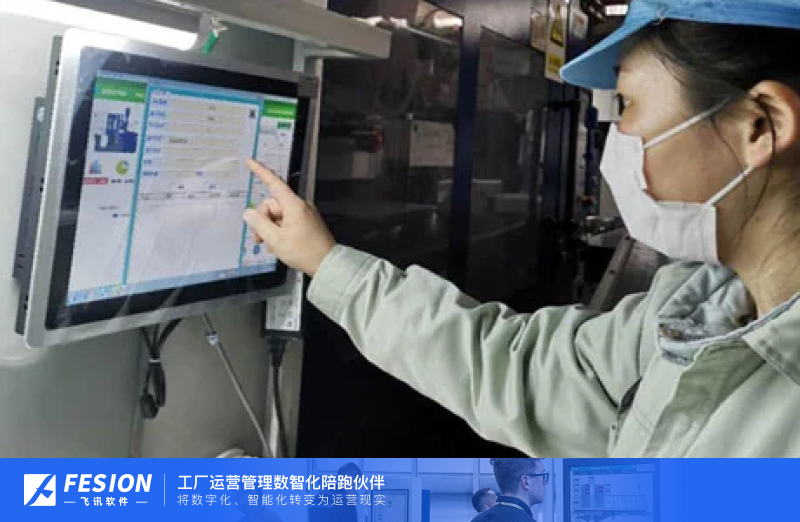
Title: The Digital Transformation of Manufacturing in the Machinery and Equipment Industry
Introduction:
In recent years, the machinery and equipment industry has witnessed a significant shift towards digitalization. This transformation has led to the rise of digital factories that utilize advanced technologies to enhance production efficiency, optimize processes, and improve overall performance. In this article, we will explore the benefits and challenges of implementing digitalization in the manufacturing of machinery and equipment from multiple perspectives.
1. Enhanced Efficiency:
Digitalization in machinery and equipment manufacturing enables companies to streamline their production processes, resulting in increased efficiency. Through the use of automation, artificial intelligence, and data analytics, tasks that were once time-consuming and labor-intensive can now be completed swiftly and accurately. For instance, robotics systems can automate repetitive assembly tasks, freeing up human workers for more complex and strategic operations. This leads to shorter lead times, reduced costs, and improved customer satisfaction.
2. Optimal Resource Management:
The integration of digital technologies enables real-time monitoring of energy consumption, raw material usage, and equipment performance. By analyzing this data, manufacturers can identify areas where resources are being wasted and develop strategies to optimize resource allocation. For example, predictive maintenance systems can detect potential equipment failures before they occur, reducing unplanned downtime and minimizing maintenance costs. These optimization efforts contribute to sustainability by reducing waste and enhancing resource efficiency.
3. Improved Quality Control:
Digitalization plays a crucial role in improving product quality control. By implementing sensors and IoT devices throughout the manufacturing process, data can be collected and analyzed to identify deviations or defects in real-time. Automated quality control systems can instantly flag any non-conformities, ensuring prompt corrective actions. Furthermore, digital twin technology allows manufacturers to simulate and test products virtually, enabling them to identify design flaws or performance issues before physical production begins. As a result, product quality is enhanced, reducing rework and warranty claims.
4. Agile Production:
Digitalization enables machinery and equipment manufacturers to embrace agile production methods, responding quickly to changing market demands. Through digital platforms, companies can connect with suppliers, customers, and partners seamlessly, facilitating real-time communication and collaboration. This allows for on-demand production, where orders can be customized and fulfilled more efficiently, reducing inventory costs and improving customer satisfaction. Additionally, data analytics enables better demand forecasting, enabling manufacturers to adjust their production schedules accordingly.
5. Workforce Transformation:
The adoption of digitalization in manufacturing requires a skilled workforce capable of operating and maintaining advanced technologies. Therefore, companies need to invest in training and upskilling their employees to adapt to the changing work environment. While some routine jobs may be replaced by automation, new roles will be created that require expertise in data analysis, software programming, and system integration. By supporting employee development, manufacturers can ensure a smooth transition to digital factories while empowering their workforce.
Conclusion:
The digital transformation of manufacturing in the machinery and equipment industry offers numerous benefits, including enhanced efficiency, optimal resource management, improved quality control, agile production, and workforce transformation. However, it is important to recognize the challenges that come with this transition, such as initial investment costs, data security concerns, and the need for workforce reskilling. By addressing these challenges proactively, companies can reap the rewards of digitalization and remain competitive in an increasingly digital-driven industry.
��Ѷ���������2006�꣬ӵ�������з����뿪��ƽ̨����һ�Ҽ���Ӫ�������졢�ɹ���ȫ��·���ǻ��������Ʒ����̺ͷ����̡���Ʒ�������ֻ����䡢����������������������˾��MRO��ERP��MES��WMS��CRM��SRM�Ȳ�ƷΪ������Ϊ�ͻ��ṩ���ǻ��������巽���滮��������ܷ�����Χ���������Ǻͳ����ǵ����������ڰ����ͻ������к�ʵ�ʳ������ɴ��С��ɴ��µ����ֻ���Ӫ��ϵ�������������Ϣ�����������ֻ��;������ܻ��������⣬Ϊ��ͬ��ҵ����ͬ��ʵ�ֲ�ͬ�ľ�ӪĿ�ꡣ


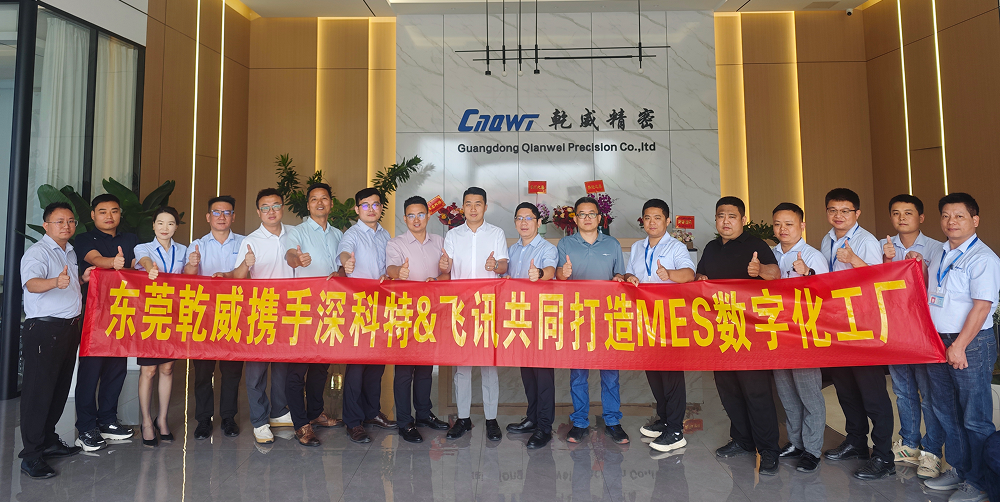








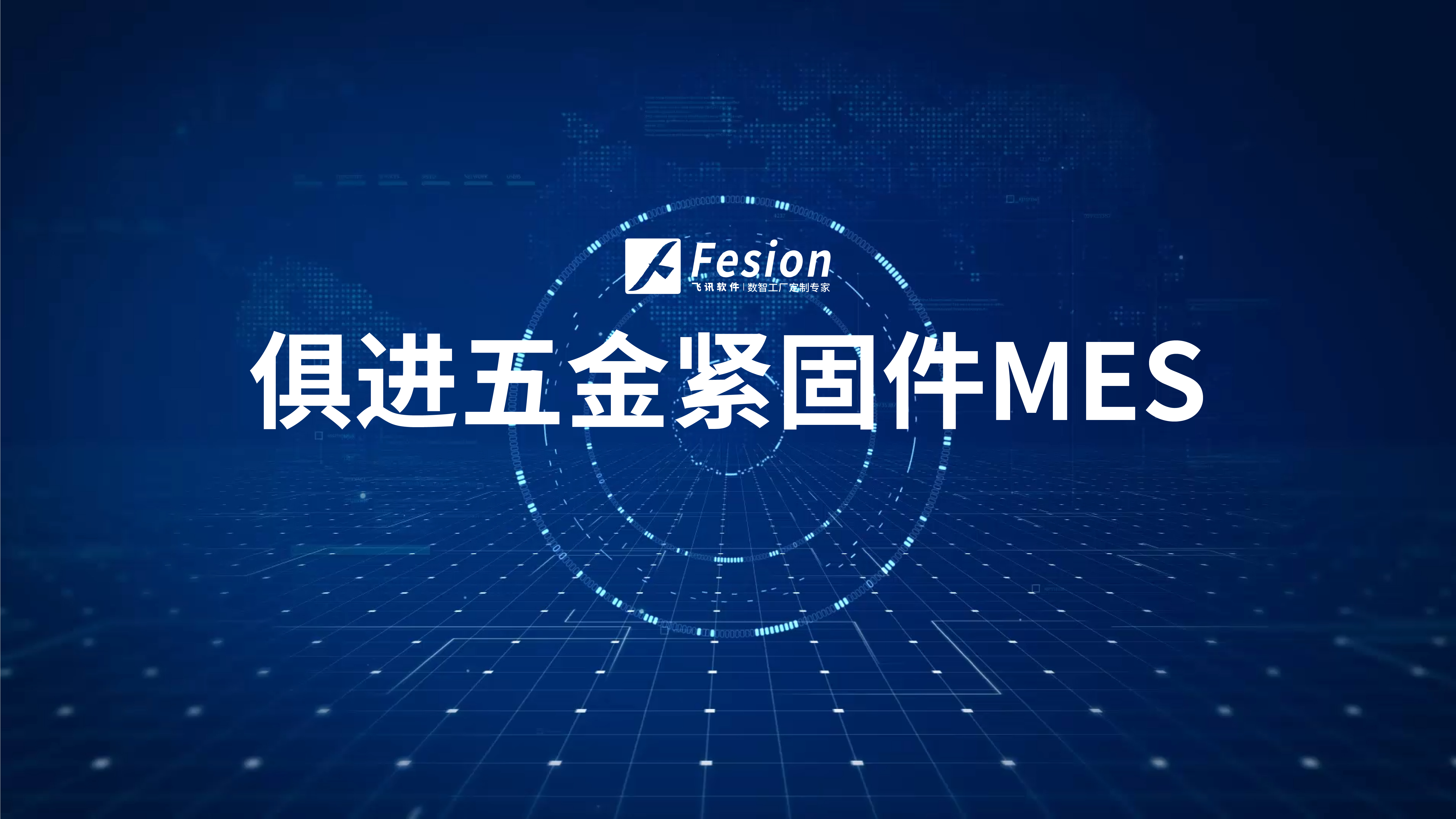
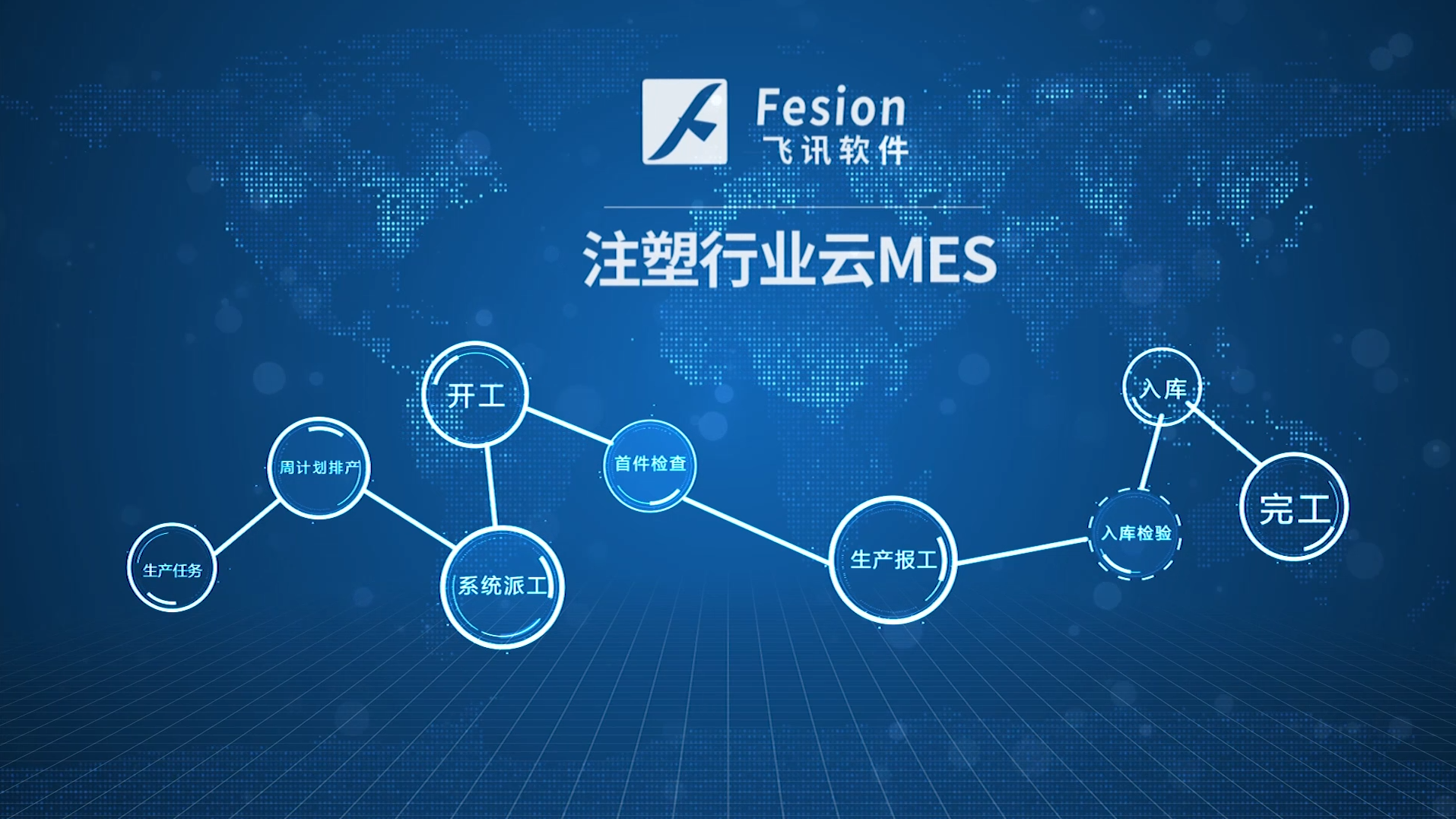

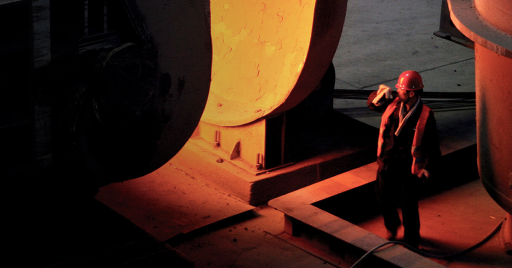








请先 登录后发表评论 ~